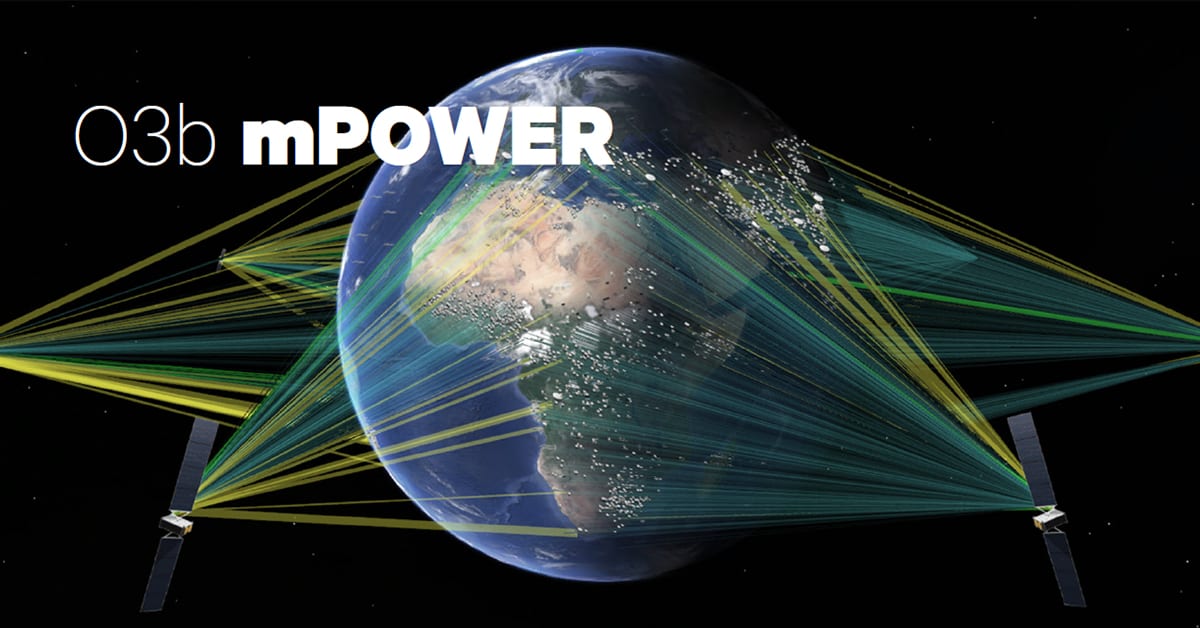
GILAT BLOG
Next Generation Satellite Communication: An Industry in Transition
May 18, 2021
_______________
By Amir Yafe, Vice President, Global Accounts at Gilat
Just about everyone acknowledges the importance of Internet connectivity to foster economic growth, drive social inclusion and meet consumer demand. It is also widely understood that satellite communication can significantly assist by delivering bandwidth to regions that lack terrestrial connectivity and to moving platforms such as airplanes, cruise ships, and other commercial vessels
However, to meet the exponential demand for bandwidth, the satellite communication industry is going through a fundamental transformation. Next-generation satellite technology is evolving to multi-orbit constellations that include Non-Geostationary Orbit (NGSO) constellations and Very High Throughput Satellites (VHTS) in Geosynchronous Earth Orbit (GEO). Like on the ground, the new generation of satellites, regardless of orbit, will be software-defined enabling on-the-fly in-orbit programmability of thousands of beams in terms of coverage, bandwidth and power. Additional functionality is the ability to configure specific beams to track airplanes and ships and thereby to deliver fixed SLA to moving platforms globally. These new-generation satellite capabilities will enable ubiquitous connectivity for fixed and mobility sites, 5G and IoT, and will also require innovation of the ground segment to provide the needed software-defined platform to deliver on-the-fly configuration of carriers, higher throughput data processing, and network orchestration capabilities to allow tight coordination between ground and space. At Gilat, we refer to this next generation as the Elastic Era of satellite communication, which will deliver greater agility, flexibility and scalability utilizing cloud technologies and software-defined networking.
The Elastic Era, the next generation of satellite communication, will more accurately and efficiently focus the satellite and ground segment resources on where there is actual demand at minimal costs. This transformation will address the major satellite industry challenges of delivering affordable higher throughput services, with ensured availability and lower latency.
NGSO Use Case
Gilat has partnered with SES to deliver the next-generation satellite communications for the O3b mPOWER constellation that operates in the medium earth orbit (MEO) at 8,000km away from the earth’s surface. The constellation consists of high-throughput satellites with software-defined payload that will deliver terabits of capacity at low-latency. Launching in the third quarter of 2021, and reaching full commercial operation in 2022, O3b mPOWER arrives at the perfect time for MNOs to start taking their 5G strategy to the next level – beyond the cities and into the hands of enterprise users and consumers ready to do more with connectivity. In addition, it will provide connectivity to the maritime, aeronautical, and enterprise markets, as well as governments and institutions across the world. Gilat will enable the delivery of super high-speed services for all vertical markets via new leading-edge ground segment infrastructure to be deployed at multiple teleports around the world. These gateways will connect end users to the high-speed terrestrial infrastructure enabling direct access to the internet and to the cloud. Gilat will also supply a new portfolio of modems to deliver Telco grade Layer-2 Metro Ethernet Forum (MEF) services at very high throughput connections.
Network Orchestration
The dynamics of NGSO and GEO constellations inherently require centralized space and ground management, usually being referred to as a satellite resources manager or SRM. The SRM is the brain of the network that constantly adapts the satellites payload and the associated ground segment to deliver the required bandwidth and power to a specific geographic location. In addition, network connectivity is being managed via a centralized network orchestrator that controls the network routing and quality of service. Gilat’s TotalNMS provides advanced management interfaces to enable fast adjustments of the ground segment platform resources. In addition, TotalNMS provides high-quality big-data collection that is used as an input to the satellite resource manager’s smart decision making.
What about the Cloud?
Everyone is aware of the cloud, but most people use it to store and retrieve data. Other common uses of the cloud are for e-commerce and various consumer and enterprise applications. As an example, Gilat’s TotalNMS is cloud ready and can be deployed either in the cloud or on standard hardware. In contrast, real-time communications networks require different cloud capabilities to process waveforms and data packets. The ground segment platform includes three main components: signal transmission and reception, packet processing including acceleration and QoS, and real-time satellite bandwidth management. Each of these functions requires different cloud technologies. Signal transmission and reception can be implemented by what is commonly known as Software Defined Radio or SDR, converting analog to digital and performing signal processing. SDR requires super-fast GPU processors or advanced programmable gate arrays, also known as FPGAs to efficiently process hundreds to thousands of wideband carriers. Traffic acceleration and QoS requires fast and real-time cloud packet processing and bandwidth management requires real-time strong-compute environment. Gilat is working with key cloud service providers to evaluate these implementations in scale both technically and commercially.
Final Words
Software-defined NGSO and GEO constellations are a reality and have the potential to make satellite connectivity mainstream of everyone’s life. Gilat is at the forefront of on the ground segment technology, working hand in hand with satellite operators and service providers to enable the global delivery of internet on air, at sea and on the ground.
For more information, please contact us at: info@gilat.com.
